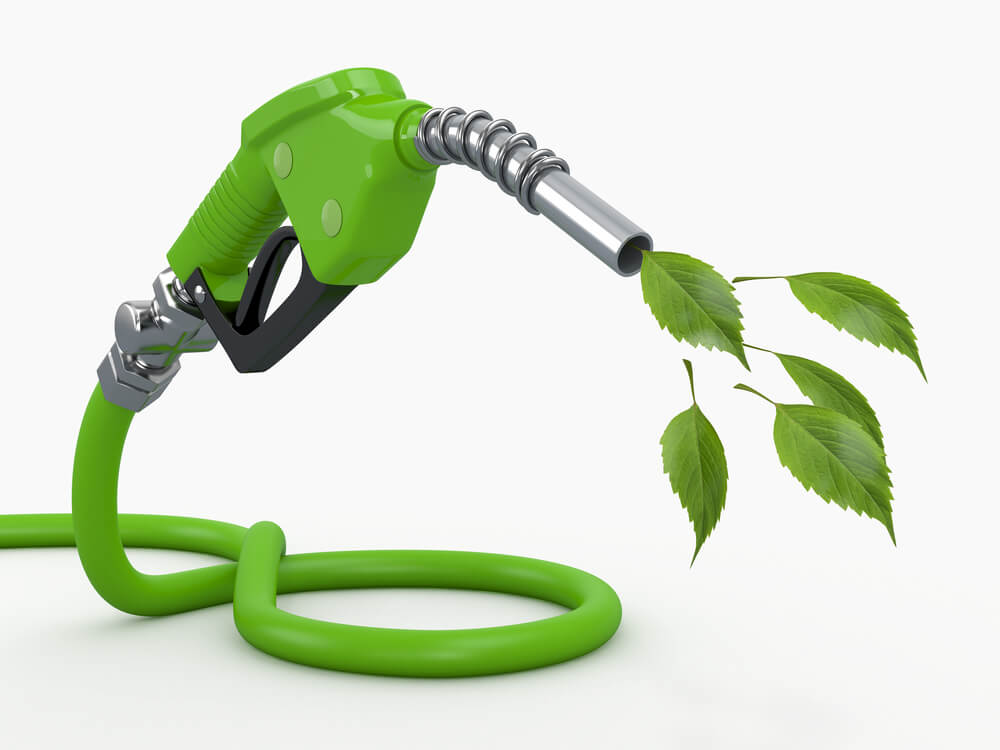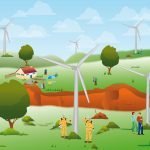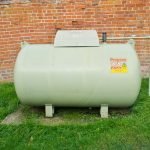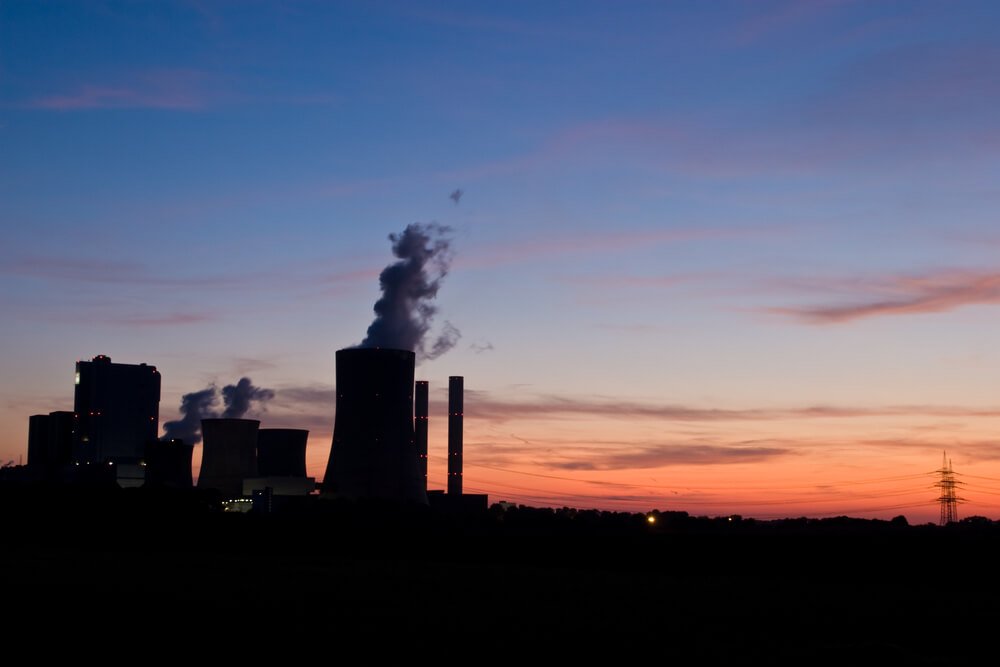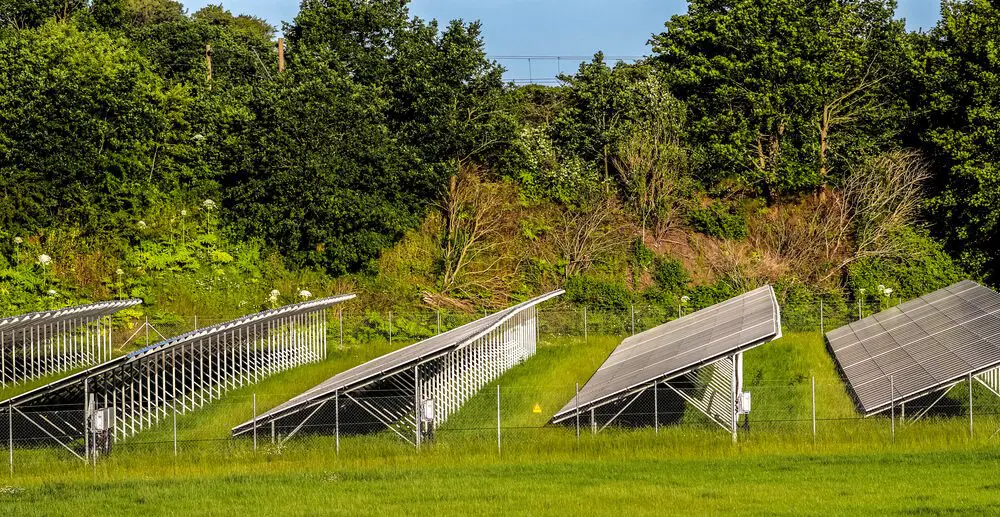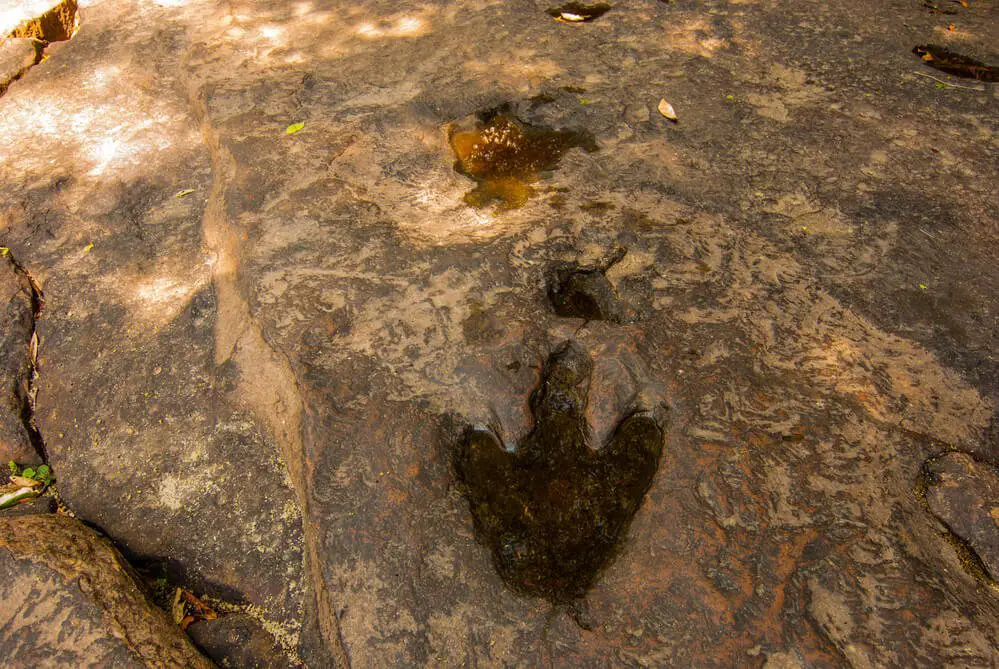Fossil fuels are named as such because they were generated from buried, fossilized remains of animals and plants that were alive millions of years ago.
We have to extract fossil fuels from the Earth to be able to use them to generate energy.
There are a few different types of fossil fuels, including natural gas, coal, and petroleum. Within these four types, there are multiple sources of energy created from them.
For example, propane is generated from petroleum.
One type of energy is often confused as a fossil fuel because of how it is produced. This energy is biomass.
It is commonly thought to be a fossil fuel because it is also generated from plants, but the main difference is that it is created now and not in the past.
Types of Fossil Fuels
Fossil fuels are a form of natural fuel, like coal and gas, that we can use to generate energy.
These resources take millions of years to form and aren’t considered to be good for the environment in any way.
We have to extract fossil fuels from the Earth to use them, and we have to burn them to generate the energy we need.
The extraction and burning is dangerous to our health as well as the health of our environment.
When we burn fossil fuels, a massive amount of carbon dioxide gets released into the air.
This causes heat to get trapped within our atmosphere with no way to escape.
To understand how this happens, we need to talk about what fossil fuels are and how we use them.
Petroleum
Petroleum is also referred to as crude oil. It has been created using the fossilized remains of marine organisms like ancient algae, plants, and bacteria.
Petroleum is held in underground reservoirs far beneath the surface of the ground or on ocean floors. The extraction happens through drilling.
We rely on petroleum every day as it fuels our cars, airplanes, buses, and boats.
It is also processed and used as a material in thousands of items such as life jackets, tires, anesthetics, and refrigerators.
Coal
Coal is a sedimentary rock that can be burned for fuel and electricity.
It is made up of hydrocarbons and carbon that release energy through combustion.
Coal takes millions of years to develop underground and there is a minimal amount of it available.
This substance seems to be available on every continent, but the largest coal reserves are in India, Australia, China, Russia, and the United States.
In the United States, there are coal mines in 25 of the 50 states that make up three regions.
There is the Western Coal Region, the Appalachian Coal Region, and the Interior Coal Region. Mining coal can be dangerous to those who do it, since it happens underground.
This exposes the workers directly to the fumes of the coal as they are mining it.
Natural Gas
Natural gas is also considered a fossil fuel because it comes from animals, plants, and microorganisms that were alive millions of years ago.
There are natural gas deposits around the world that we get our natural gas from, and they will normally be found near oil deposits.
Deposits that are formed at higher temperatures with more pressure will have more natural gas and less oil.
However, natural gas doesn’t have to be formed deep under the ground.
It can also form in areas that are low in oxygen closer to the surface of the Earth.
The energy of natural gas has only been extracted over the past few thousand years.
Today, we use it for multiple different purposes. We will generally use natural gas for heating our homes and generating electricity.
Biomass
Fossil fuels are generated from fossilized remains of plants and animals, while biomass is generated from plants that are alive now.
To create biomass, we use waste from plants that are just going to get thrown away.
This includes things like leftover wood and waste from crops farmers don’t need. Biomass can also be created as biogas which uses waste from farm animals to produce methane gas.
It is easy to see where the confusion comes from about whether biomass is a fossil fuel.
The great thing about biomass is that since it uses available resources and doesn’t need millions of years to generate, it is a renewable energy source.
We do not need to extract it from anywhere, which makes it better for the environment and easier to obtain.
Can We Live Without Fossil Fuels?
The debate over whether we can live without fossil fuels has been one for a very long time.
While it would be better for our environment to get rid of fossil fuels, is it even possible? In the future, it is very possible.
Is it going to happen overnight, or even over a few years? No, it’s not that easy of a switch.
We are slowly integrating renewable energy sources like biomass, wind, and solar energy.
As of right now, our technology doesn’t have the ability to power the entire world with renewable resources.
However, it matters that we are trying to make the change.
Although it might not be now, it is possible to switch completely to renewable energy as our technology advances.
Summary
There are only a few different types of fossil fuels: petroleum, natural gas, and coal.
They are called fossil fuels because it takes millions of years for them to form underneath the surface of the Earth. This means that they aren’t renewable, and we will run out eventually.
There is one form of energy that frequently gets confused as fossil fuel.
This energy is called biomass.
It is confused as a fossil fuel because it also uses the waste of plants and animals, except they are plants and animals that live today instead of millions of years ago.
We don’t have to extract biomass from the surface of the Earth, and it is a renewable source of energy.
